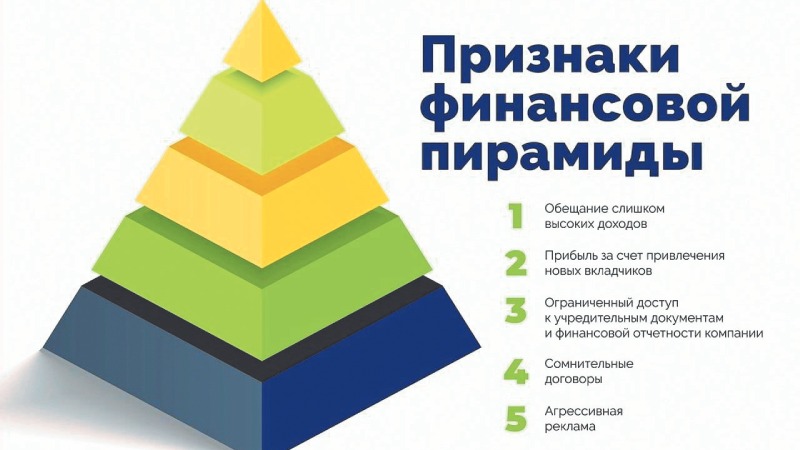Recently, financial fraud has become one of the most common problems in modern society. Illegal activities related to the theft of funds, assets, and confidential information with the aim of deception bring fraudsters a considerable income.
Scammers constantly develop new ways to deceive, using both traditional fraud schemes and modern technologies, causing significant losses. Familiarity with types of fraud not only provides knowledge about precautionary measures but also about methods to combat them.
Identity Theft
Fraudsters, in the process of conducting various types of scams, resort to identity theft and gain access to social security numbers, bank cards, and passport data.
Methods of information theft include:
- hacking computer systems;
- phishing attacks;
- data leaks from unsecured websites.
 With the obtained documents, scammers can conduct illegal transactions or take out a loan in the victim's name. Regular monitoring of active accounts and two-factor authentication can be an effective protection of important personal data.
With the obtained documents, scammers can conduct illegal transactions or take out a loan in the victim's name. Regular monitoring of active accounts and two-factor authentication can be an effective protection of important personal data.
Credit Card Fraud
This dangerous type of fraud involves the illegal use of credit cards or their details without the owner's consent. Scammers can steal data using physical methods (e.g., skimmers on ATMs) or carry out cyberattacks. The use of stolen credit card information is actively employed by fraudsters for online purchases via phone, when the physical card is not present.

In this case, it would be wise to set a limit on daily transactions and regularly check notifications of conducted operations.
Ponzi Schemes and Financial Pyramids
A common scheme where investors are promised high returns – Ponzi schemes. Payouts are made exclusively from the contributions of new participants, not from real large-scale investment activities. When the flow of new partners stops, the scheme collapses, and most investors lose money. Financial pyramids can be recognized by signs:

An effective recommendation is to invest only through licensed companies with a positive reputation and to check the fund before investing money.
Current types of fraud using phones/email/computers:
1. The user receives an email with a beautiful story about an inheritance from a nonexistent distant relative. The deception lies in the request for a transfer of a certain amount to cover legal fees and document preparation for claiming the inheritance.

2. Phishing – financial fraud where text messages about card blocking are sent to mobile phones, imitating real banks or services. To unblock the account and subsequently use the payment card, users are encouraged to provide confidential data.
3. Pharming – a scam where malicious code is installed on the owner's PC, received via email. The recipient, unknowingly, opens a new email and is redirected to a fake website, where the fraud and leakage of information needed by scammers occur, including bank details.
Internet Wallet and Electronic Transfer Scams
This type of fraud is associated with "fake" online stores. The buyer makes a 100% prepayment to the internet wallet of the seller, but as a result, loses money and does not receive the purchased product. Electronic transfers are a convenient way to move funds. However, this channel is actively used for illegal operations. Most often, the victim is convinced to transfer funds to a fake account, pretending to be an official or representative of a reputable company.
Exemptions include scams with digital assets – deceiving investors through the sale of nonexistent securities, creation of fictitious investment funds, or market manipulation. Fraudsters may offer "exclusive" investment opportunities, promising unrealistically high returns. Popular financial fraud also includes another variant – the main figure here is insiders – company employees who use their position for scams. They can manipulate reports, inflate contract values, or make deals in their favor.

Insider fraud is often associated with violations of corporate ethics and the use of confidential information for personal gain.
Cryptocurrency Fraud: How They Cheat with Money
Cryptocurrency scams cannot be ignored. More and more fraudsters find ways to deceive users of this financial instrument. This scam manifests in the creation of fake cryptocurrency startups that attract investors' money and disappear. Protecting oneself from unwanted risks is possible – it is necessary to increase the level of financial literacy to have up-to-date information and be able to resist fraudsters. In terms of prevention, the main rule is to take actions in advance that will safeguard against fraudulent attacks. Preventive measures, proactive actions, as methods of protection against fraudsters, can significantly reduce the risk of becoming a victim of scammers.
